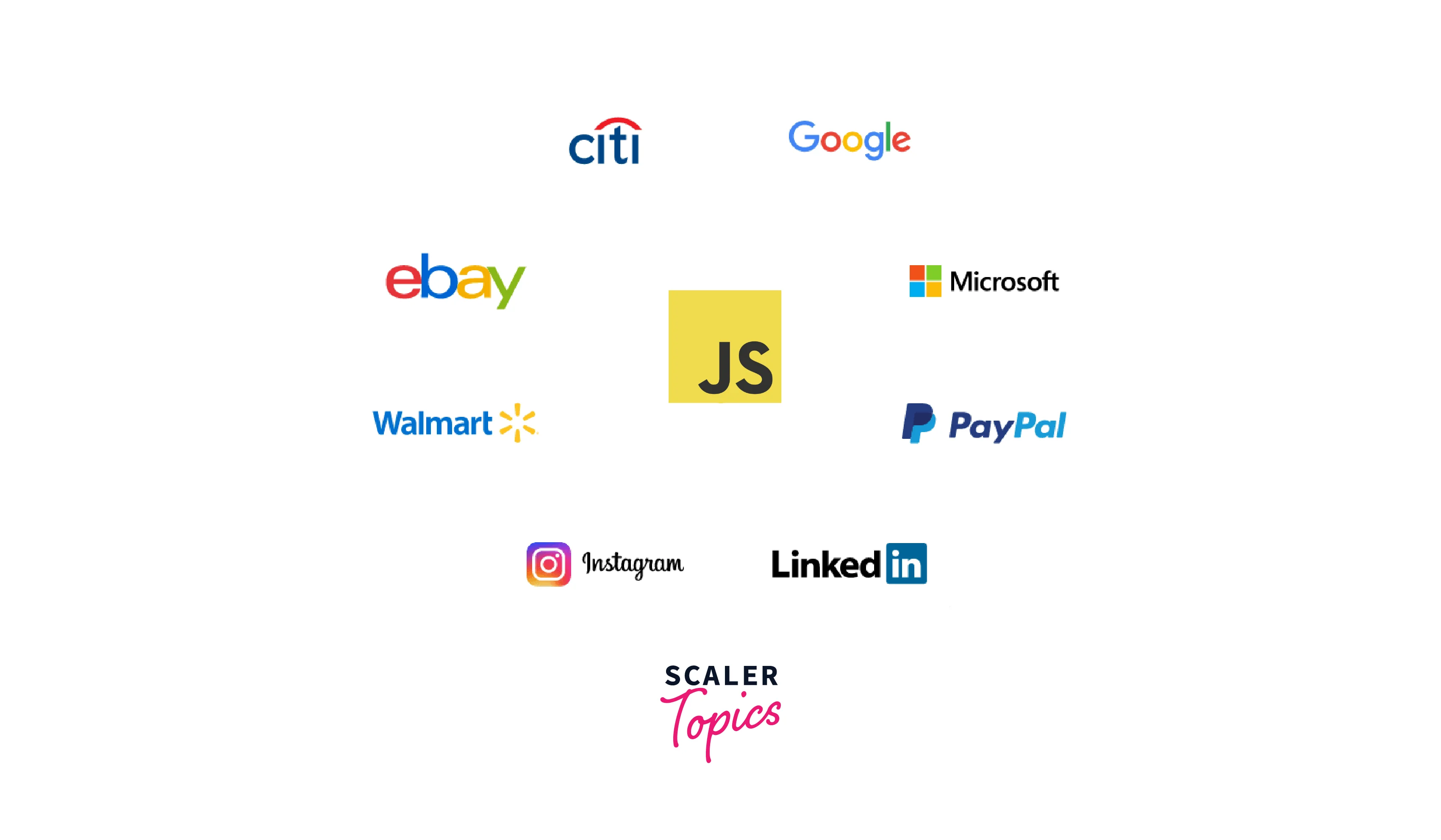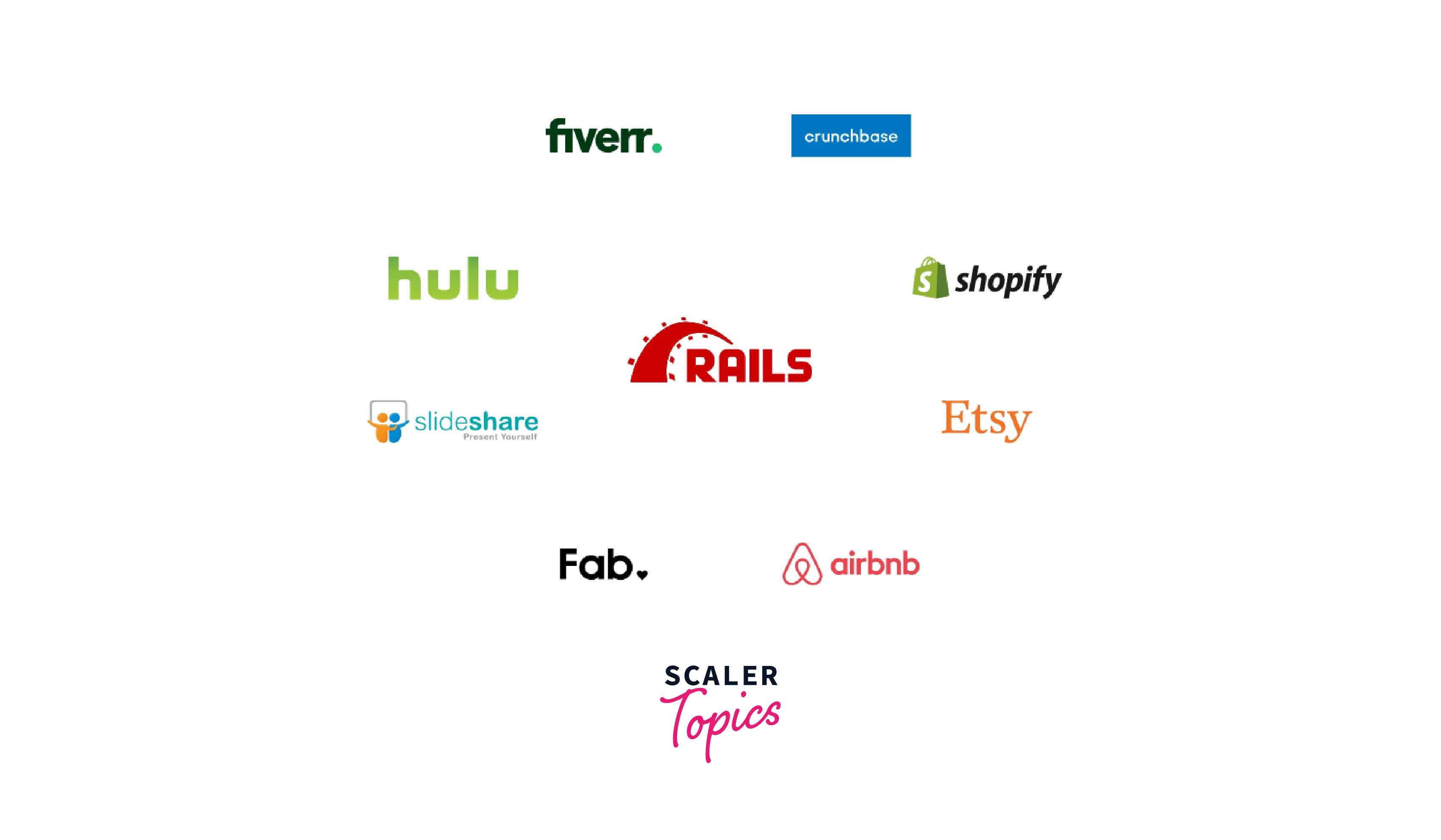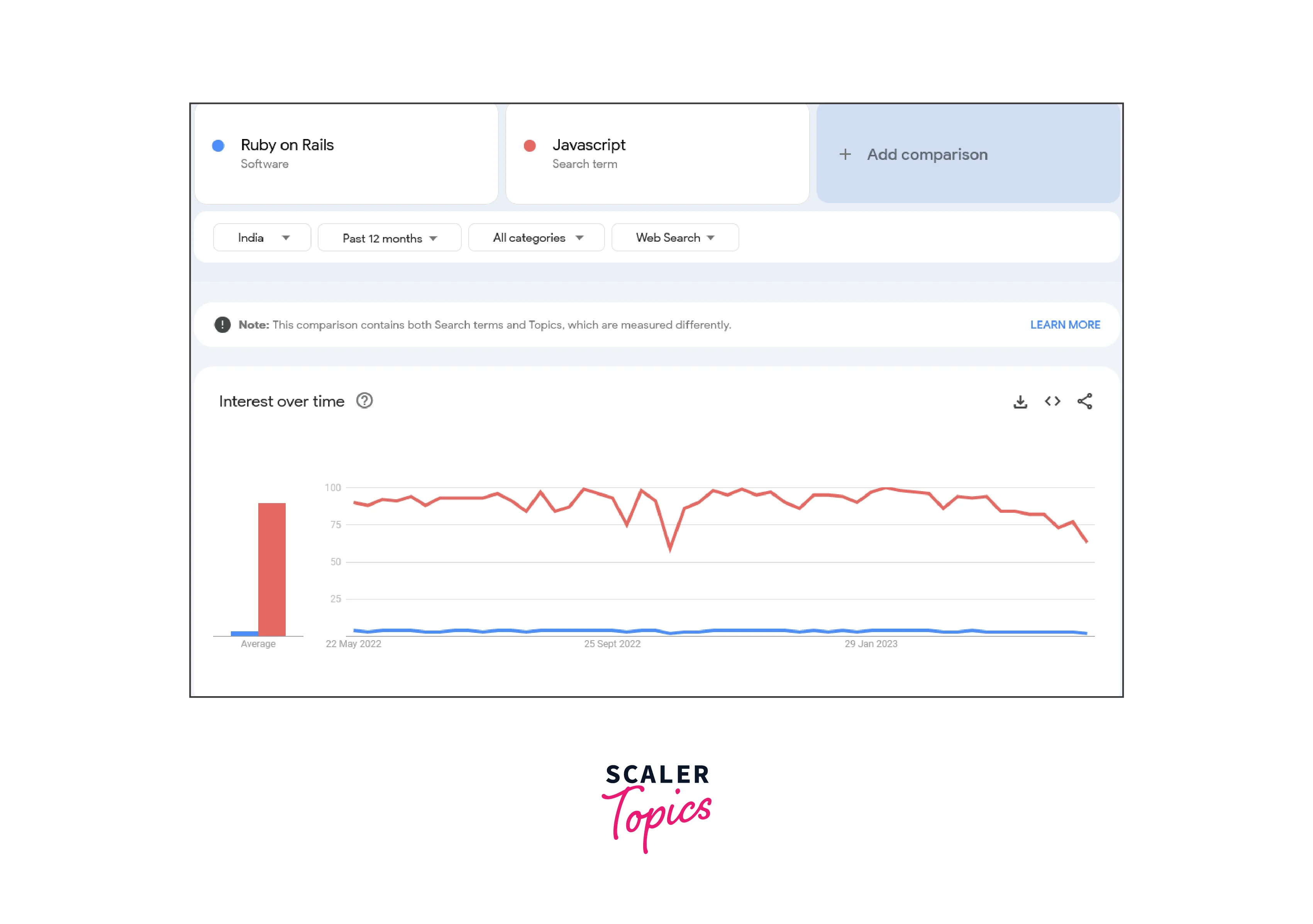Ruby on Rails vs JavaScript :Which One is Best?
Ruby on Rails vs JavaScript
In the field of web development, the framework or language you choose might have a big impact on how well your project turns out. Ruby on Rails and Javascript are two popular options that each have their advantages and capabilities. We'll explore the main differences between Ruby on Rails and Javascript in this article to help you decide which one is more appropriate for your requirements.
Ruby on Rails vs JavaScript
Understanding Frameworks and Languages
It's essential to know the differences between languages and frameworks while developing websites. Therefore, it's important to create a common ground before we begin the comparison.
- A programming language is a set of syntax and rules used to create instructions that a computer can comprehend. It offers the basic building pieces required to create software.
- On the other hand, a framework is a collection of pre-built tools, libraries, and conventions that provide a structure and set of functionalities to simplify and increase the development process. It is built using a specific programming language and provides a framework for organizing and implementing code.
- Ruby on Rails is a ruby-based full-stack web development framework. It offers a robust set of tools and conventions for developing web applications.
- On the other hand, JavaScript is a versatile programming language primarily used for adding interactivity and dynamic features to web pages.
- It excels in building single-page applications (SPAs) and handling real-time updates without page reloads. Popular JavaScript frameworks like React, Angular, and Vue.js provide powerful tools for front-end development.
Creating APIs
- Both Ruby on Rails and JavaScript (with frameworks like Express.js) provide robust capabilities for creating APIs.
- Ruby on Rails emphasizes convention over configuration, providing sensible defaults and an intuitive interface for building APIs. It includes features like Active Record ORM and built-in JSON serialization, which streamline database interactions and API response rendering.
- On the other hand, `JavaScript with Express.js offers a lightweight and flexible approach, allowing for greater control and customization. It has a powerful middleware system and excels in handling asynchronous operations, making it suitable for scalable and event-driven API architectures.
Creating APIs with Ruby on Rails: Ruby on Rails has built-in support for creating RESTful APIs, making it a convenient choice for building APIs. With Rails, you can define routes, controllers, and models to handle HTTP requests and responses. Here's an example of creating an API endpoint for retrieving a list of users:
In this example, we define a route for /api/v1/users that maps to the index action of the Api::V1::UsersController. The controller retrieves all users from the database and renders them as JSON.
Creating APIs with a JavaScript framework(Express.js): JavaScript, particularly when used with frameworks like Express.js, offers a flexible and scalable approach to creating APIs. Here's an example of creating an API endpoint for retrieving a list of users using Express.js:
In this example, we define a GET route for /api/users that returns a JSON response containing a list of users. This can be further expanded to handle different HTTP methods and interact with databases or external APIs as needed.
Frontend Development: Ruby on Rails vs. JavaScript Frameworks
- While Ruby on Rails is primarily known for its robust server-side capabilities, it's worth mentioning that it can also be used for front-end development. However, it's important to note that this is not a popular choice compared to JavaScript frameworks. Even when using Ruby on Rails for frontend development, vanilla JavaScript is often utilized to add dynamic features and interactivity to the user interface.
- JavaScript has a vibrant and robust community that has developed numerous libraries and frameworks, such as React, Angular, and Vue.js, specifically designed for frontend development. These frameworks provide powerful features, efficient rendering, and seamless data management, making them highly preferred choices for building dynamic and interactive user interfaces.
Learning Curve
- Ruby, the programming language used in Ruby on Rails, is regarded as one of the simplest to learn.
- New developers can get started more quickly with Ruby on Rails since it has a well-maintained, organized, and pre-configured infrastructure.
- The framework follows principles that eliminate the need for boilerplate code and give development an easy route.
- JavaScript also has a flexible learning curve because of its widespread use and wide range of resources for learning.
- Both JavaScript and Ruby on Rails provide simple entry points for newbies, with Ruby on Rails offering a more organized and easy-to-start-with environment.
Performance and Scalability
Ruby on Rails excels in developer productivity and code maintainability. It may not be as performant as JavaScript when it comes to handling heavy client-side computations. However, Rails has built-in tools and conventions that make it easier to build scalable web applications with minimal effort.
The browser environment is where JavaScript performs best in terms of speed. It is designed to work best with the Document Object Model (DOM) and client-side logic. Frameworks for JavaScript, such as React, Angular, and Vue.Js are now widely used to create single-page applications (SPAs) that provide excellent speed and a seamless user experience.


Community and Ecosystem
Ruby on Rails also has a strong and supportive community, although it's relatively smaller compared to JavaScript. The Rails community emphasizes convention over configuration, promoting a standardized way of building web applications. RubyGems, the package manager for Ruby, provides a vast collection of gems that can be easily integrated into your Rails projects.
JavaScript has a massive and vibrant community. It has a rich ecosystem of libraries, frameworks, and tools that cater to various needs. The popularity of JavaScript ensures a wide range of resources, tutorials, and active developer communities to support you.
Shown below are google trends statistics for the year 2022:

To provide a visual comparison, here's a chart showcasing some key aspects of Ruby on Rails and JavaScript:
| Aspect | Ruby on Rails | JavaScript |
|---|---|---|
| Language | Ruby | JavaScript |
| Architecture | MVC (Model-View-Controller) | Varies (React, Angular, Vue.js, etc.) |
| Server-Side Framework | Yes | Node.js |
| Front-End Frameworks | Limited (Rails' built-in features or integrations) | React, Angular, Vue.js, etc. |
| Database Integration | Seamless integration with ActiveRecord ORM | Requires additional frameworks (e.g., Express, Sequelize) |
| Testing | Built-in testing framework (Minitest, RSpec) | Various testing frameworks (Jest, Jasmine, Mocha, etc.) |
| Development Speed | Rapid development through convention over configuration | Depends on the framework and developer familiarity |
| Community Support | Comparitively lesser but still abundant support | Large and active community support |
| Scalability | Complex | Relatively more scalable |
| Use Cases | Rapid prototyping, startups, small to medium-sized projects | Versatile for various project sizes and requirements |
Learn More
To dive deeper into Ruby on Rails and JavaScript, check out the following articles on Scaler Topics:
Conclusion
- Ruby on Rails:
- MVC architecture for code organization and maintainability.
- Rapid development and reduced boilerplate code.
- Suitable for small to medium-sized projects and startups.
- Seamless database integration and extensive documentation.
- JavaScript:
- Versatile language for client-side as well as back-end development.
- Rich ecosystem of frameworks for complex web applications.
- Front-end interactivity and real-time capabilities.
- Supports asynchronous operations for efficient network handling.
- Consider project requirements, team expertise, and scalability needs to choose between the two technologies.
FAQs
- Can I use Ruby on Rails and JavaScript together?
Yes, Ruby on Rails can be used to build the server-side logic of your web application, while JavaScript can handle the client-side interactivity. They can work seamlessly together to create a robust and interactive web experience.
- Which one is better for building single-page applications (SPAs)?
JavaScript, along with frameworks like React, Angular, or Vue.js, is widely used for building SPAs. These frameworks provide powerful tools for managing complex UI components and handling client-side routing efficiently.
- Are there any alternatives to Ruby on Rails and JavaScript?
Yes, there are several alternatives available in both the server-side and client-side development worlds. Some popular alternatives to Ruby on Rails include Django (Python), Laravel (PHP), and Express.js (JavaScript). For JavaScript, you can explore TypeScript, a superset of JavaScript that adds static typing and other features to enhance development.
